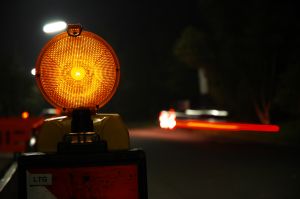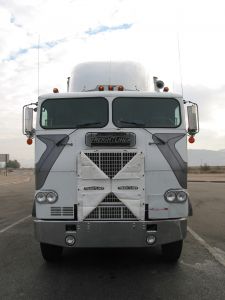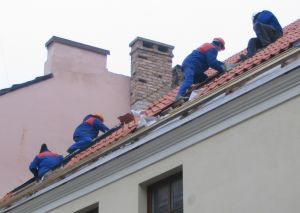Our Boston workers’ compensation lawyers know the dangers faced by health care employees that work around toxic substances and airborne infectious agents.
A recently produced training video done by the Occupational Safety and Health Administration (OSHA) explains the proper use of respirators for health care employers and workers. The video also illustrates the proper procedures to follow in a health care setting to protect workers from airborne hazards.

OSHA estimates that 5 million workers, in 1.3 million workplaces throughout the United States, are required to wear respirators.The video explains the significant components of a respiratory protection program, which include:
-Medical evaluations: employers use a questionnaire to ask workers their medical history. Workers with chronic cardiac or respiratory conditions that make it hard for them to breathe normally may not be able to use respirators without their doctor’s consent.
-Fit-testing: ensures that the respirator fits properly against the face and allows room for talking and eye protection. Certain respirators can not be used with workers that have facial hair.
-Maintenance: ensures proper cleaning and disinfecting of the respirator which doesn’t damage the respirator and doesn’t cause harm to the user.
-Training: how to use the respirator properly.
In the health care setting common respiratory hazards consist of airborne infectious agents that cause diseases such as chicken pox, tuberculosis, measles, pandemic influenza and severe acute respiratory syndrome (SARS). The video goes on to explain the difference between a surgical mask and respirator.
Respirators differ from surgical masks because surgical masks don’t protect the user from breathing in tiny particles like mold and dust. Surgical masks also don’t fit tightly against the face and this allows air particles to leak in around the edges.
Proper respirator use is demonstrated to help protect workers from being exposed to airborne chemical hazards.
“Employers can’t rely on respirators providing the expected protection if they don’t train their workers on how to use them properly,” said Assistant Secretary of Labor for Occupational Safety and Health Dr. David Michaels. “This video is an important training tool that teaches proper respirator use and discusses employers’ responsibilities under OSHA’s respiratory protection standard.”
Continue reading
 Boston Personal Injury Attorney Blog
Boston Personal Injury Attorney Blog










